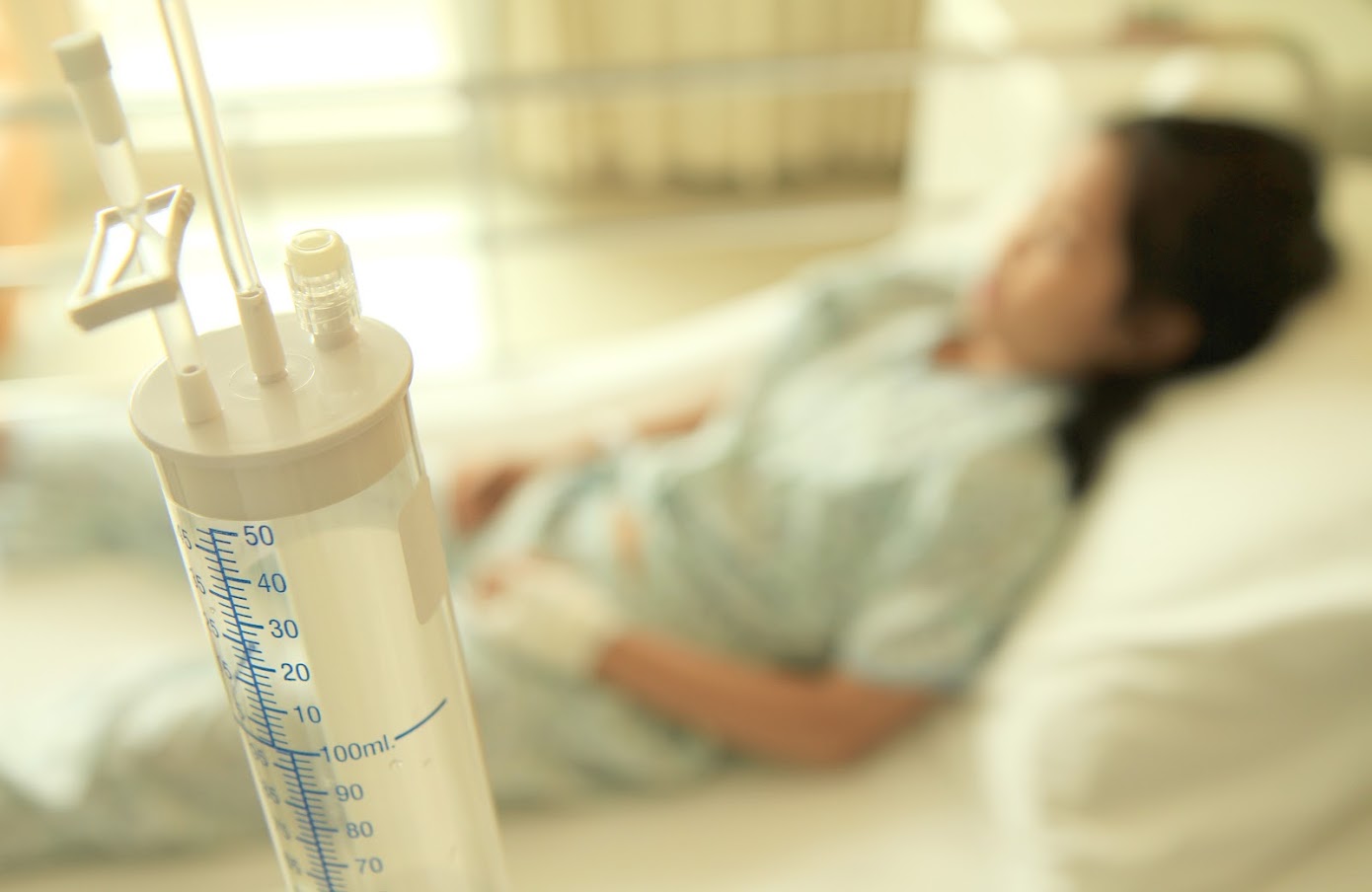
Malaria is one of the most deadly diseases in the world and remains prevalent primarily in tropical and subtropical regions. This blog post covers the causes, lifecycle, diagnosis, treatment, and prevention of malaria.
Causes of Malaria
Malaria is caused by a parasite, Plasmodium, which is spread by anopheles mosquitoes. Four malaria parasites are associated with this disease: P. vivax, P. ovale, P. falciparum, and P. malariae.
Malaria Parasite Life Cycle
The malaria parasite life cycle can be divided into four stages: sporozoite, trophozoite, schizont, and gametocyte. The sporozoite stage is the starting point for malaria parasites after mosquitoes inject them into a human.
During this stage, the parasite enters red blood cells and begins multiplying. From there, it moves on to different organs in the body, where it grows, becomes more mature, and eventually transforms into schizonts (the next main developmental stage).
The cells in the schizont release merozoites, which cause symptoms of malarial disease. The merozoites continue to multiply to produce another generation of schizonts which, in turn, produce more merozoites.
The cycle ends with the development of gametocytes. These cells can mate with male and female gametes and create oocytes. Eventually, this oocyst is excreted by humans, picked up by a mosquito, and transmitted to another human host forming the cycle again.
Diagnosis of Malaria
Malaria is often first diagnosed by observing a patient’s symptoms. Malaria can cause fever, chills and shivering, a dry cough, muscle pain and weakness, vomiting, and diarrhea. In many cases, the initial symptoms are similar to those of other illnesses such as flu or typhoid fever.
As the disease develops, a person will discover that their illness is more than just a simple fever or flu. It can get worse quickly with the malaria parasite attacking red blood cells in their body, leading to anemia because they have fewer red blood cells in their body than normal.
Malaria may also be responsible for severe joint pain, chest pain, and breathing difficulties, which can be commonly mistaken for other serious medical conditions.
Treatment of Malaria
Treatment involves administering multiple antimalarial medications simultaneously to kill the protist parasites that cause malaria. Antimalarial medication can be classified into four groups: chloroquine, sulfadoxine/pyrimethamine (SP), amodiaquine, and artemisinins.
Plasmodium species’ resistance to chloroquine drugs has been increasing in many malaria-endemic areas; SP is an effective second-line treatment for chloro-resistant malaria. Amodiaquine is rare as a treatment but provides additional coverage against chloro-resistant malaria.
Artemisinins are the most effective antimalarial class drugs used in the treatment of uncomplicated P. falciparum malaria. However, its widespread use has led to resistance development among some populations of P. falciparum.
Prevention of Malaria
Preventing malaria requires proactively addressing the factors that cause or allow it to exist. The most effective way to do this is by eliminating mosquito breeding sites. This method aims to reduce the number of infected mosquitoes by minimizing their habitats.
Other methods to prevent malaria include using bed nets as mosquito shields and insecticides. If you are in an area where malaria is found, use a repellent with N-Diethyl-meta-toluamide (DEET) on exposed skin and clothing. Protect yourself during the evening and nighttime hours, when mosquitoes usually bite.
Wear long clothing such as socks, long pants, and a long-sleeved shirt at night. Stay inside screened or air-conditioned rooms in malaria areas at night when mosquitoes are most active.
It is important to remember that mosquitoes do not transmit just one disease. They also carry diseases like West Nile virus and dengue fever. If you have concerns about mosquito-borne illnesses, you may want to schedule mosquito treatment for your property. Reach out to us today for pest control services.
